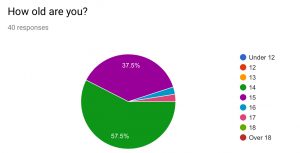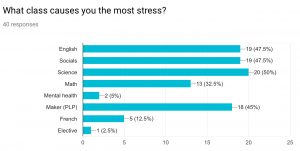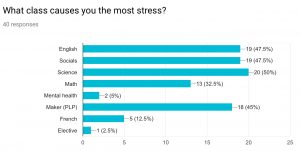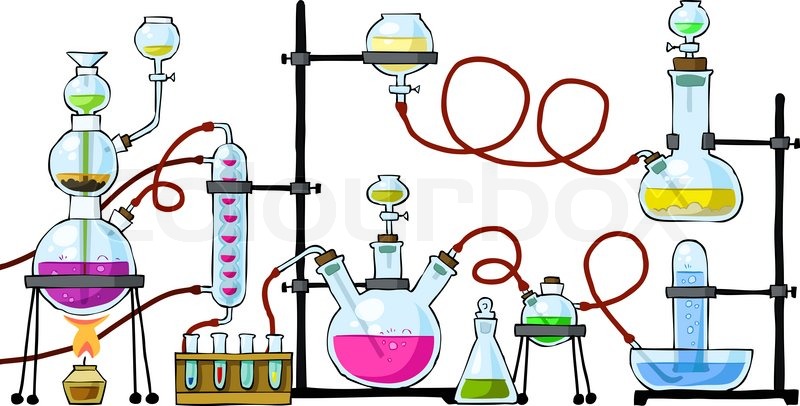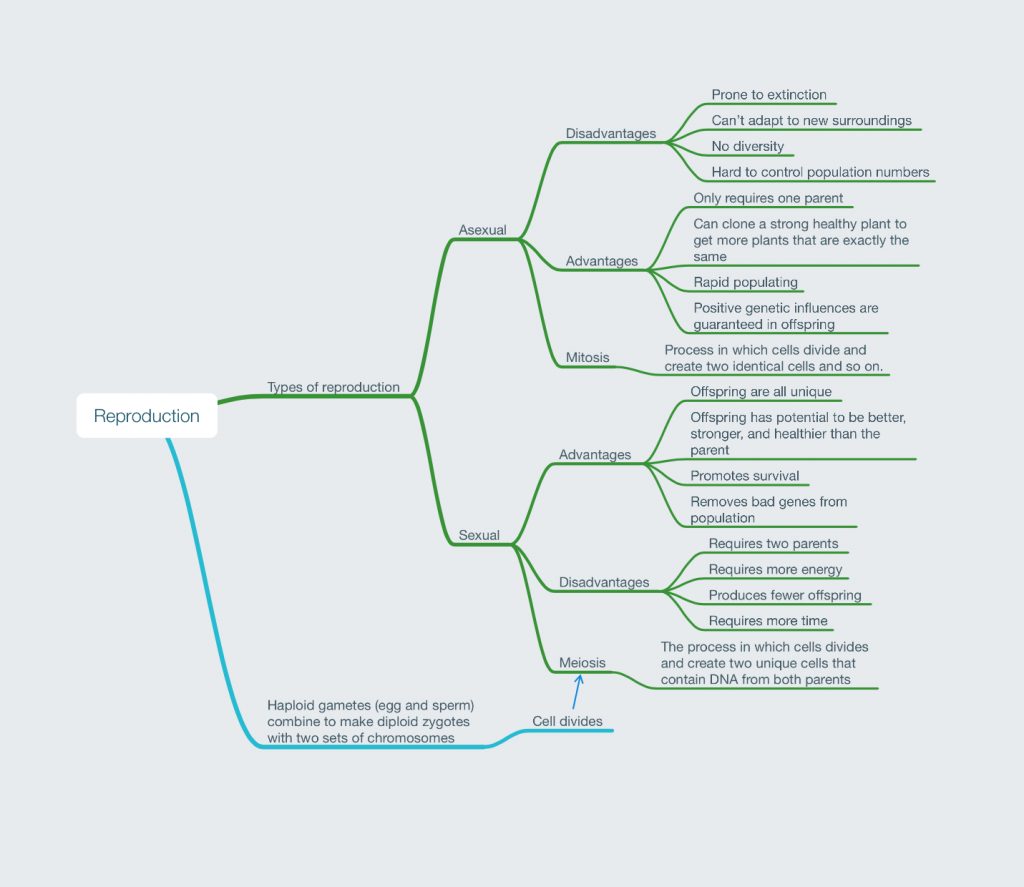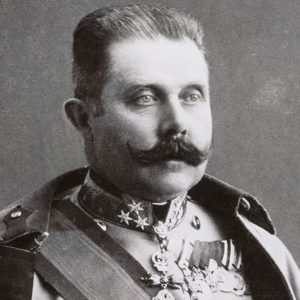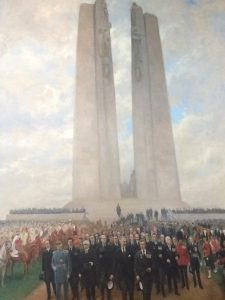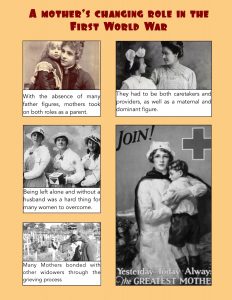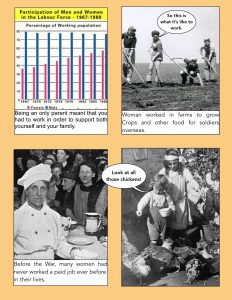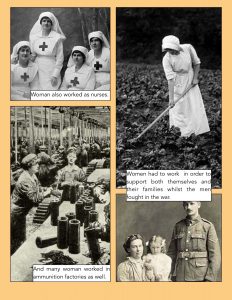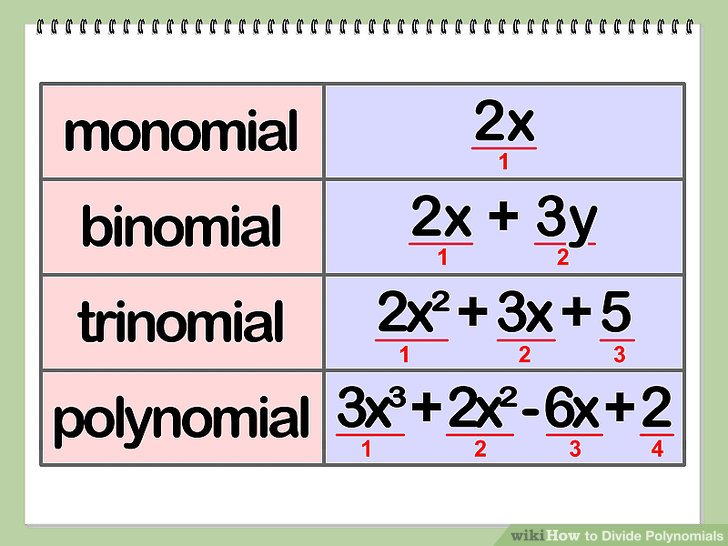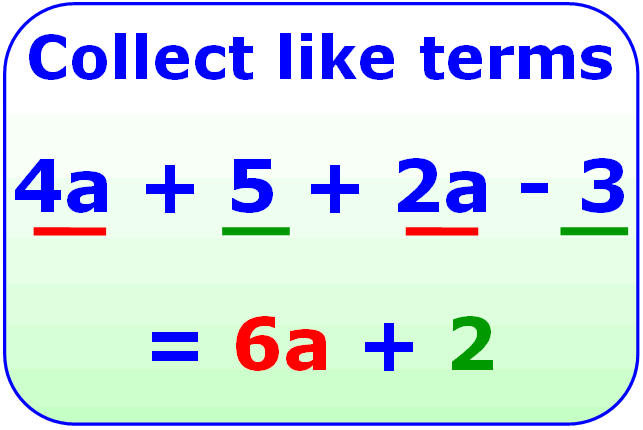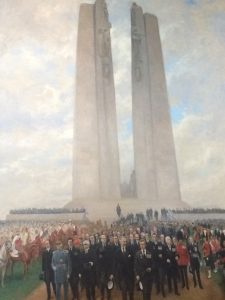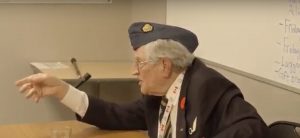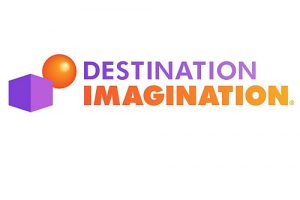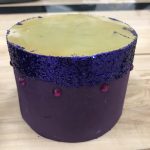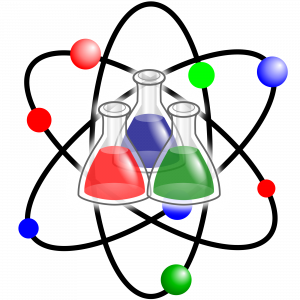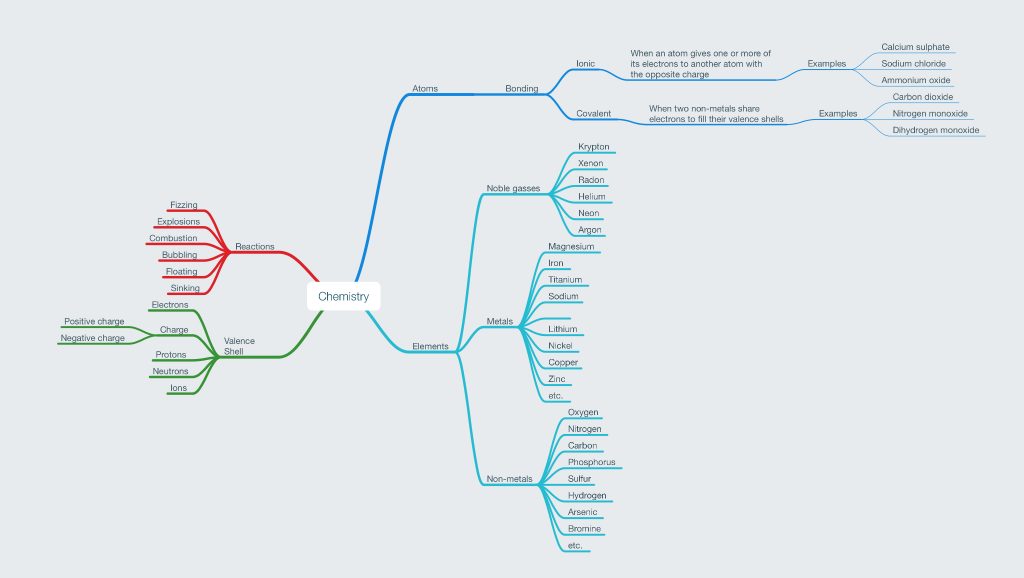The school year is finally nearing its end, and it’s time for the last ever humanities blog post that I will write as a ninth grader. This unit has truly been one to remember, and has taught me a lot about both the subject at hand, and about myself and my work habits.
The first thing that I would like to touch bases on is the driving question. The driving question of this whole entire unit was how does power alter relationships. This question has been at the centre of all of the work done for this unit and had been something that has really made me rethink the effects of power, and the extent of how it effects our everyday lives.
The first piece of work that we completed was our Louis Riel book report. My whole class was tasked to read this comic by Chester Brown that summarized the life of and events that occurred involving Louis Riel. Since I have already done a complete summary of this assignment in another post of mine, I won’t go into to much detail, but basically Louis riel was a Metis who stood up for his people when they were being taken advantage of by the English, and it ended up costing him his life. The story of Louis riel gave me a greater insight into the effects that power can hold, and shows how easily power can influence both good and bad behaviour.
Louis Riel wasn’t all that we researched in this unit, we also looked at and talked about the gold rush, the CPR railway, and the Numbered Treaties. I’ll start by giving you a little bit of insight concerning the Gold rush. The gold rush really blew up in the 19th century, where many people of all different ages, classes, and races, traveled to Canada in hopes of striking it big and hitting the mother load. During the gold rush, social status and class didn’t matter as much as money and survival.
The CPR was also a big part of this unit. The CPR railway requires a lot of work to build, and the majority of the workers were Chinese. These Chinese workers risked there lives everyday and had to withstand the dangerous conditions that came with working on the railway. The railway was a big part of trade if, and was also used as defence against America. This railway has served many purposes, but the one that I found most important was the fact that it expanded trade across Canada and made Vancouver into the bustling city that it is today.
Lastly I would like to talk about the Numbered treaties. If you didn’t already know, treaties are terms of agreement between the indigenous peoples and the Canadian Government. The treaties were put in place to negotiate land and cohabitation. In many ways, the indigenous people were misled and taken advantage of with these treaties, and were bought out of their land, and in many cases had their rights and culture taken away from them. These treaties do still exist today, but many people have forgotten about them, and therefore do not abide by them today.
These were all things that I had to learn before I could move on to the animation portion of this unit. He final project for the unit was to create a two to three minute animation about a person or event that fell under one of these five categories, Manitoba/the Red River, Canadian Pacific Railway, First Nations Perspectives, the development of BC /the Gold Rush, and Immigration. After looking into it and doing some research, I chose to create my animation based on Simon Fraser and the story of his exploration of the Rockies, as well as his discovery of what is now called the Fraser River.
The next thing to do was to start researching and putting I this research into a story. I after these steps, I created a storyboard to make the filming process easier. When creating the actual animation, I first experimented animating using keynote magic moves, but ended up actually using an app called FlipaClip instead. After drawing, editing, and adding sound to my final animation draft, my whole class had a peer critique where we watched everybody’s videos, and gave each other feedback.
This whole unit has really been one to remember, and as much as I am sad to watch it come to an end, I know that the knowledge that I learned here will be beneficial for me next year and in the years to come











